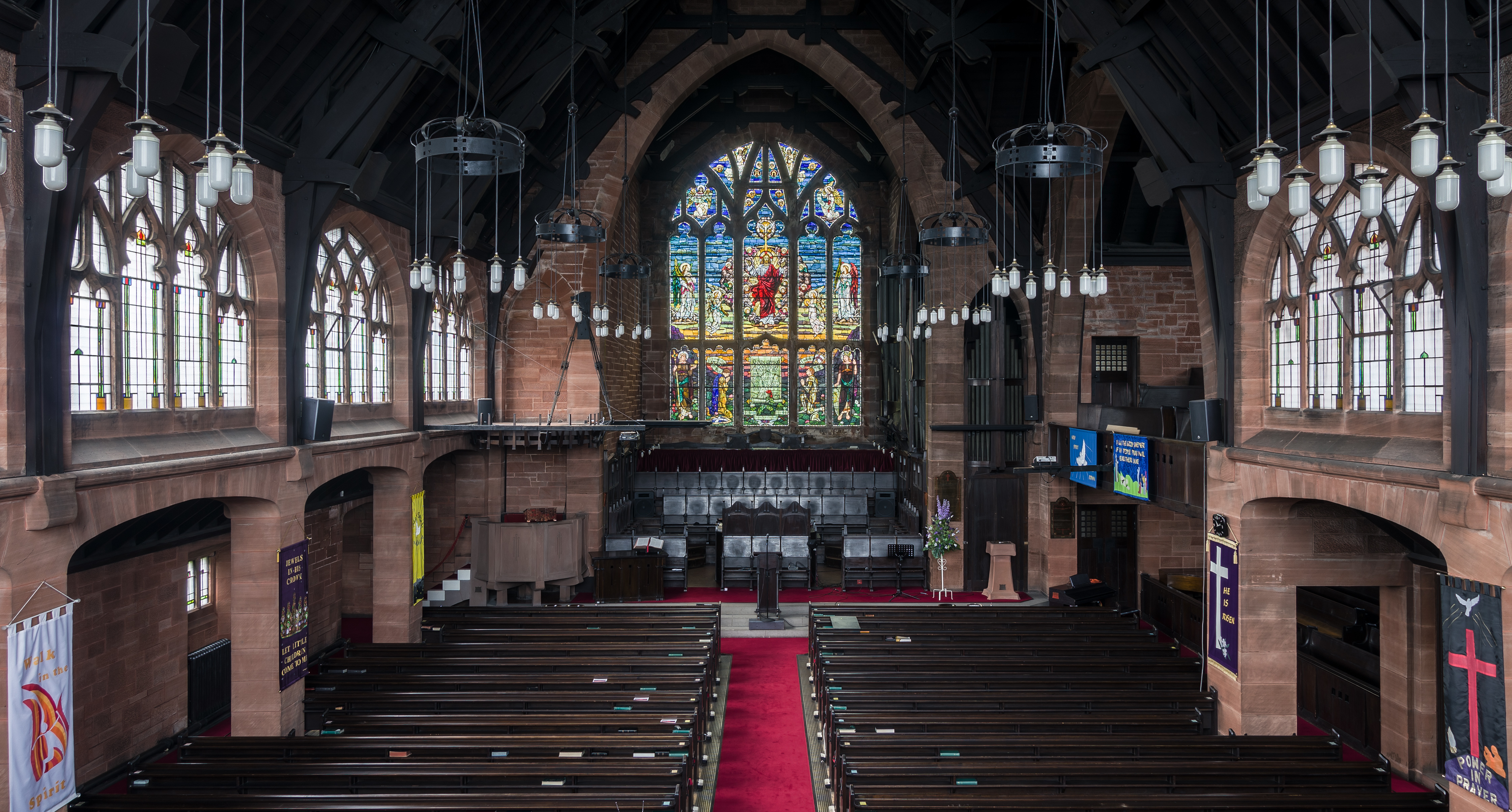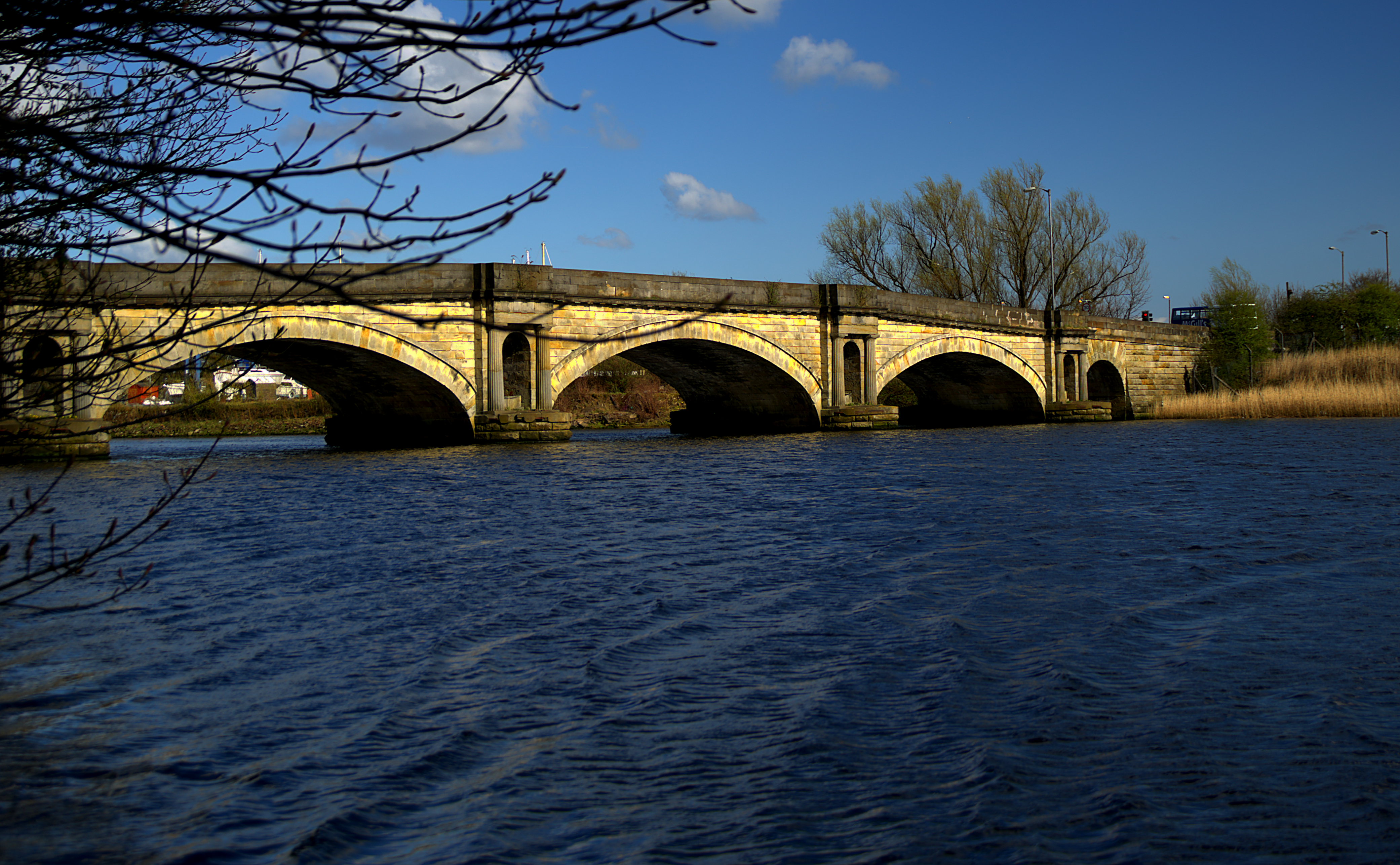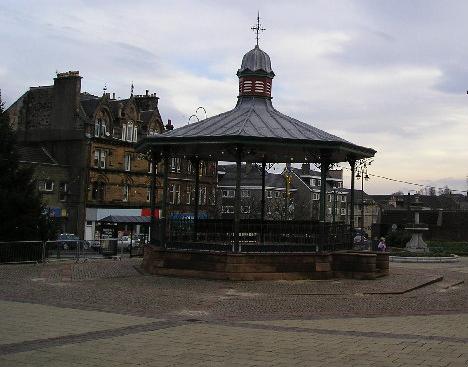|
List Of Category A Listed Buildings In Renfrewshire
This is a list of Category A listed buildings in the Renfrewshire council area in west-central Scotland. In Scotland, the term listed building refers to a building or other structure officially designated as being of "special architectural or historic interest". Category A structures are those considered to be "buildings of national or international importance, either architectural or historic, or fine little-altered examples of some particular period, style or building type." Listing was begun by a provision in the Town and Country Planning (Scotland) Act 1947, and the current legislative basis for listing is the Planning (Listed Buildings and Conservation Areas) (Scotland) Act 1997. The authority for listing rests with Historic Scotland, an executive agency of the Scottish Government, which inherited this role from the Scottish Development Department in 1991. Once listed, severe restrictions are imposed on the modifications allowed to a building's structure or its fitting ... [...More Info...] [...Related Items...] OR: [Wikipedia] [Google] [Baidu] |
Inchinnan Bridge
Inchinnan (Scottish Gaelic: ''Innis Fhionghain'') is a small village in Renfrewshire, Scotland. The village is located on the main A8 road between Renfrew and Greenock, just south east of the town of Erskine. History The name of Inchinnan village is derived from the Gaelic word 'Innis', which means an island or low-lying land near a river or stream. The other part of the name is taken from Saint Inan, a 9th-century confessor at Irvine. An ornamental cast iron enclosure near the ford protects "St Conval's Chariot" which is supposedly the stone that brought Saint Conval from Ireland to Inchinnan around 590, and a 12th-century church dedicated to Saint Conval was given to the Knights Templar by David I of Scotland. Another church called 'Hallows Church' replaced it in 1900. The newer church was then replaced by part of the airfield at Abbotsinch. The latest church (Inchinnan Parish) is in the centre of the village. It contains burial stones possibly dating back to around the ... [...More Info...] [...Related Items...] OR: [Wikipedia] [Google] [Baidu] |
St Matthew's Church, Paisley
St Matthew's Church in Paisley is notable for its Art Nouveau architecture by WD McLennan, and stained glass window by Robert Anning Bell. The church was built between 1905 and and shares a small traffic island on Gordon Street with a (now disused) fire station. Originally called St George's East Free Church, it became a Church of Scotland with reunification in 1929, and was later renamed St Matthew's. Due to falling numbers, the church closed in 1988 and was taken over by the Church of the Nazarene, who had previously been meeting in a hall in nearby Orchard Street. Twenty-eight existing members St Matthews joined with the congregation from the Nazarene church. The architecture of St Matthew's is described by Historic Scotland as an "Art Nouveau interpretation of Perpendicular Gothic". It was designed by William Daniel McLennan, from Paisley, who was himself a member of the congregation. McLennan, a contemporary of Charles Rennie Mackintosh, was notable for his Art Nouvea ... [...More Info...] [...Related Items...] OR: [Wikipedia] [Google] [Baidu] |
Paisley Town Hall
Paisley Town Hall is a public hall in Abbey Close, Paisley, Renfrewshire, Scotland. The building, which is being converted into a centre for performing arts, is a Category A listed building. History In the mid-19th century the administrative centre of the town was the old tolbooth at the junction of High Street and Moss Street which was built in 1491, rebuilt in 1610, rebuilt again in 1757 and then demolished in 1821. The administrative centre then moved to the municipal buildings, which contained council chambers and offices, further to the east along the High Street. However, civic leaders needed a public hall in which to hold concerts and other public events and George Aitken Clark, one of the members of the Clark family, owners of the Anchor Mills, left money in his will for this purpose. The site they selected, just to the south of the municipal buildings, had previously been occupied by a dye works. The foundation stone for the town hall was laid by Mrs Clarke, the benef ... [...More Info...] [...Related Items...] OR: [Wikipedia] [Google] [Baidu] |
Russell Institute
The Russell Institute is a building in Paisley, Scotland. History The building was donated by Agnes Russell to the Burgh of Paisley. It was built as a memorial to her two brothers, Thomas and Robert Russell, who died in 1913 and 1920 respectively. The building was originally a child welfare clinic and is used as a multi-purpose training facility by Renfrewshire Council today. It is protected as a category A listed building. See also *List of Category A listed buildings in Renfrewshire *List of listed buildings in Paisley, Renfrewshire This is a list of listed buildings in the parish of Paisley in Renfrewshire, Scotland Scotland (, ) is a country that is part of the United Kingdom. Covering the northern third of the island of Great Britain, mainland Scotland has a ... References External links * Buildings and structures in Paisley, Renfrewshire Category A listed buildings in Renfrewshire Buildings and structures completed in 1927 1927 establishments in S ... [...More Info...] [...Related Items...] OR: [Wikipedia] [Google] [Baidu] |
White Cart Water
The River Cart ( sco, River Cairt) is a tributary of the River Clyde, Scotland, which it joins from the west roughly midway between the towns of Erskine and Renfrew and opposite the town of Clydebank. The River Cart itself is very short, being formed from the confluence of the Black Cart Water (from the west) and the White Cart Water (from the south east) and is only long. The River Cart and its tributary the White Cart Water were navigable as far as the Seedhill Craigs at Paisley; and, as with the River Clyde, various improvements were made to this river navigation. In 1840 the Forth and Cart Canal was opened, linking the Forth and Clyde Canal, at Whitecrook near Clydebank, to the River Clyde, opposite the mouth of the River Cart. The aim was to provide a direct link between Paisley, Port Dundas, Edinburgh, and the Firth of Forth.Lindsay, Jean (1968). ''The Canals of Scotland''. Newton Abbott: David & Charles Black Cart Water The Black Cart Water ( sco, Black Cairt W ... [...More Info...] [...Related Items...] OR: [Wikipedia] [Google] [Baidu] |
River Cart Aqueduct
The River Cart Aqueduct, sometimes known as the Blackhall Bridge, is a railway bridge and former navigable aqueduct in Paisley, Renfrewshire, Scotland. It opened in 1811 as an aqueduct to carry the Glasgow, Paisley and Johnstone Canal over the White Cart Water. Following the closure of the canal in 1881, it was converted to a railway bridge in 1885, and now carries the Paisley Canal Line. It is registered as a Category A listed building by Historic Environment Scotland. History The aqueduct was built between 1808 and 1810, and opened in 1811 to carry the Glasgow, Paisley and Johnstone Canal. John Rennie and Thomas Telford were involved in the engineering process. The contractor was John Simpson and the cost of construction was £5,440. The canal was closed in 1881, and converted to run the Paisley Canal Line, which opened in 1885. Design It is a freestone masonry segmental arch of span and a height over the water of about . The bridge is probably the longest span maso ... [...More Info...] [...Related Items...] OR: [Wikipedia] [Google] [Baidu] |
Place Of Paisley
Place may refer to: Geography * Place (United States Census Bureau), defined as any concentration of population ** Census-designated place, a populated area lacking its own municipal government * "Place", a type of street or road name ** Often implies a dead end (street) or cul-de-sac * Place, based on the Cornish word "plas" meaning mansion * Place, a populated place, an area of human settlement ** Incorporated place (see municipal corporation), a populated area with its own municipal government * Location (geography), an area with definite or indefinite boundaries or a portion of space which has a name in an area Placenames * Placé, a commune in Pays de la Loire, Paris, France * Plače, a small settlement in Slovenia * Place (Mysia), a town of ancient Mysia, Anatolia, now in Turkey * Place, New Hampshire, a location in the United States * Place House, a 16th-century mansion largely remodelled in the 19th century, in Fowey, Cornwall * Place House, a 19th-century mans ... [...More Info...] [...Related Items...] OR: [Wikipedia] [Google] [Baidu] |
Paisley, Renfrewshire
Paisley ( ; sco, Paisley, gd, Pàislig ) is a large town situated in the west central Lowlands of Scotland. Located north of the Gleniffer Braes, the town borders the city of Glasgow to the east, and straddles the banks of the White Cart Water, a tributary of the River Clyde. Paisley serves as the administrative centre for the Renfrewshire council area, and is the largest town in the historic county of the same name. It is often cited as "Scotland's largest town" and is the fifth largest settlement in the country, although it does not have city status. The town became prominent in the 12th century, with the establishment of Paisley Abbey, an important religious hub which formerly had control over other local churches. By the 19th century, Paisley was a centre of the weaving industry, giving its name to the Paisley shawl and the Paisley pattern. The town's associations with political radicalism were highlighted by its involvement in the Radical War of 1820, wit ... [...More Info...] [...Related Items...] OR: [Wikipedia] [Google] [Baidu] |
Paisley Abbey
Paisley Abbey is a parish church of the Church of Scotland on the east bank of the White Cart Water in the centre of the town of Paisley, Renfrewshire, about west of Glasgow, in Scotland. Its origins date from the 12th century, based on a former Cluniac monastery. Following the Reformation in the 16th century, it became a Church of Scotland parish kirk. History It is believed that Saint Mirin (or Saint Mirren) founded a community on this site in 7th century. Some time after his death a shrine to the Saint was established, becoming a popular site of pilgrimage and veneration. The name Paisley may derive from the Brythonic (Cumbric) ''Passeleg,'' 'basilica' (derived from the Greek), i.e. 'major church', recalling an early, though undocumented, ecclesiastical importance. In 1163, Walter fitz Alan, the first High Steward of Scotland issued a charter for a priory to be set up on land owned by him in Paisley. It was dedicated to SS. Mary, James, Mirin and Milburga. Around 13 mo ... [...More Info...] [...Related Items...] OR: [Wikipedia] [Google] [Baidu] |
Johnstone
Johnstone ( sco, Johnstoun, gd, Baile Iain) is a town in the of and larger historic county of the same name, in the west of |
India Of Inchinnan
India of Inchinnan is now a commercial site in Inchinnan, Renfrewshire, Scotland, that was formerly used for various industrial uses. It includes the former office block of India Tyres of Inchinnan - a Category A listed building in the art deco style, designed in 1930 by Thomas Wallis of Wallis, Gilbert and Partners. The office block was similar in style to Wallis, Gilbert and Partners' Hoover Building in Perivale, London. Airship construction The site was first used industrially by William Beardmore and Company, who obtained a contract from the Admiralty to build airships in World War I. Airship components were built at William Beardmore's Dalmuir, Clydebank, factory but more land was needed. William Beardmore therefore obtained land at Inchinnan and built the Inchinnan Airship Constructional Station.Johnson (1993) Building work started in January 1916 to construct the Station, which occupied . Due to the difficulties of getting staff to this isolated location, the compa ... [...More Info...] [...Related Items...] OR: [Wikipedia] [Google] [Baidu] |






